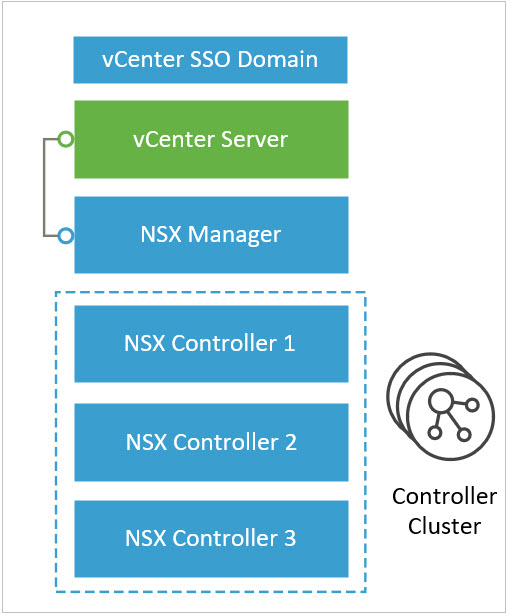The Software Defined Data Center (SDDC) concept is developing day by day and the features added with the new versions show that the success achieved with server virtualization will continue even on the network components side.
While creating your Data Center, there are certain pieces of equipment that you need to supply which are indispensable, except for some structural obligations, including servers, storage & networking equipment, and firewall & virtualization products. Although all the basic needs seem to consist of hardware, there is one piece of software on the list; the Virtualization software.
We now know that it is not possible and logical to host all of your applications in within a physical infrastructure today. IT employees with a fair amount of experience (including myself), will remember how difficult it was to manage applications before virtualization, having to install more than one application on a server, things becoming outdated after an update, maintenance, repair and configurations. Many of these problems have become history with the ease of management brought about by virtualization, flexible backup solutions and advanced high availability options. Now, Network and Data Storage solutions are next. On the topic of networks, VMware comes with the NSX product. We can choose between “NSX for vSphere” and “NSX-T” (Multi Hypervisor) versions. According to the reports we have received, "NSX for vSphere" will soon end its life cycle and continue as VMware "NSX-T". In other words, NSX will be preferred not only for users with vSphere infrastructure but also for customers using different virtualization solutions.
In the light of these developments, one of the questions we get asked often, is what will happen to existing network experts with “Network Virtualization”? While some believe that they will no longer need them as before, this is not the case. It's a fact that NSX management requires vSphere knowledge. Especially in high accessibility, only in collaboration with vCenter HA can the existing roles be divided within the organization and the users you designate for the management of NSX services be selected. Another situation is that NSX promises you a completely independent network infrastructure management. In other words, as in the past, the configuration is done physically, then the settings that will be support by virtualization are over. All services such as Switching, Routing, Load Balancer, VPN (IPSec, Site to Site, Client), Firewall or DNS, DHCP Relay now serve in the virtualization layer. At this stage, it would not be right to expect a virtualization expert to know OSPF, BGP or VXLAN, as a virtualization expert will never be able to control the content of the rules to be written within a Firewall as network or security expert would.
In this article I will not go too deep into the technical details, but in general we can examine NSX components and what should be installed at a basic level.

After all these steps, you can now start configuring the service you want according to your license version. Each feature will be a separate article topic, but don't worry about it too much.
You can be sure that NSX will become a standard when you see both the path that VMware has followed and how easily complex networking technologies are configured with a few clicks. Just as virtualization is a crucial today when creating a data center, NSX will soon take its place as the standard. This reminded me of IT managers who used to complain about "I don't trust it as much as physical..." as they did not believe in virtualization in the past.